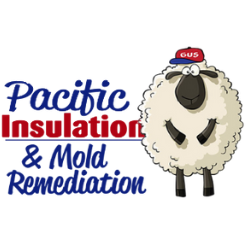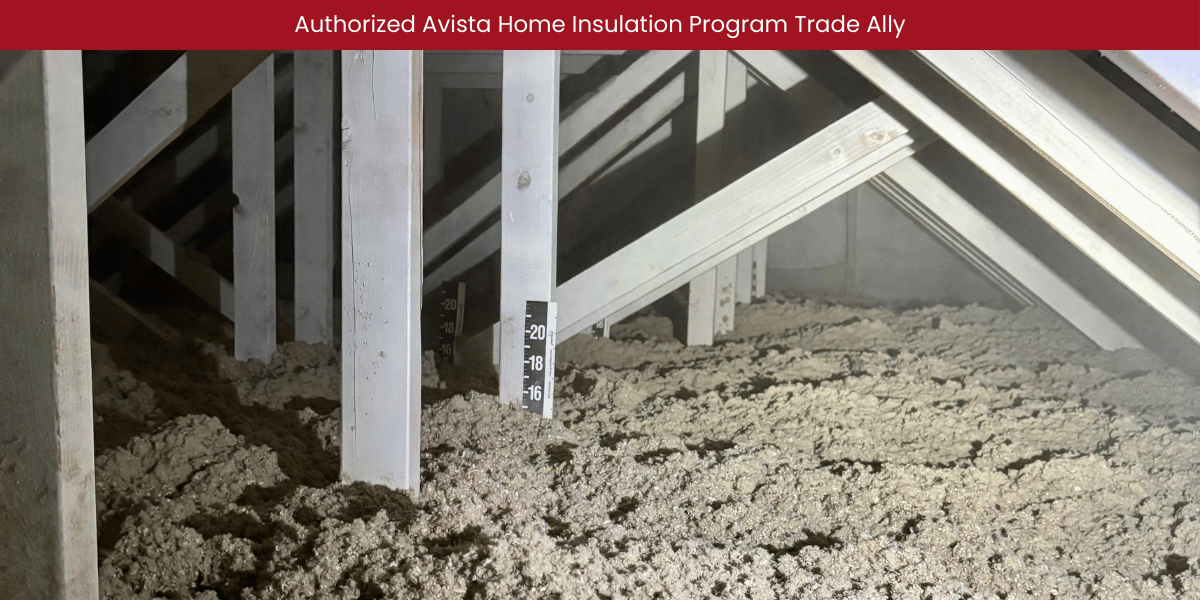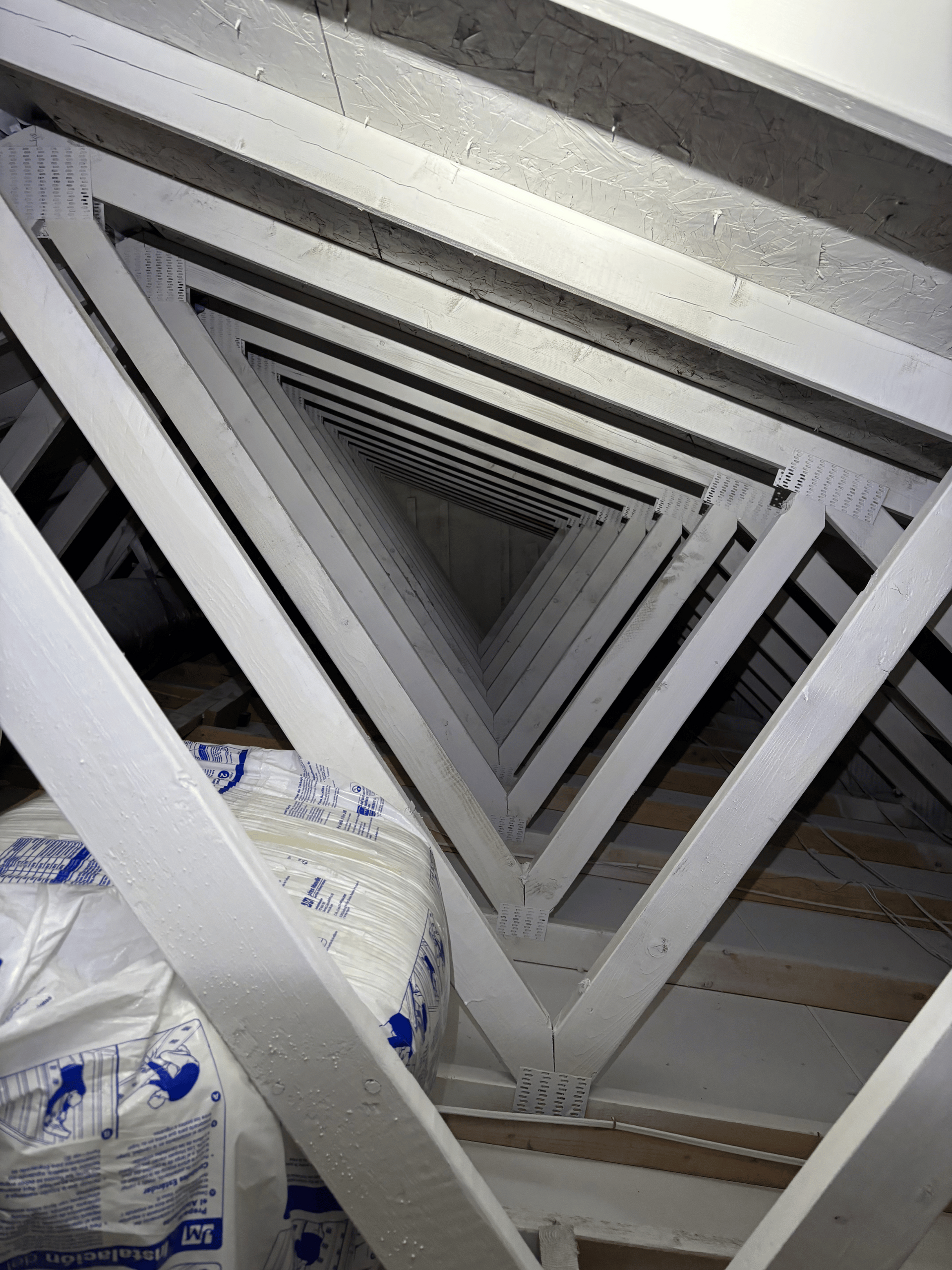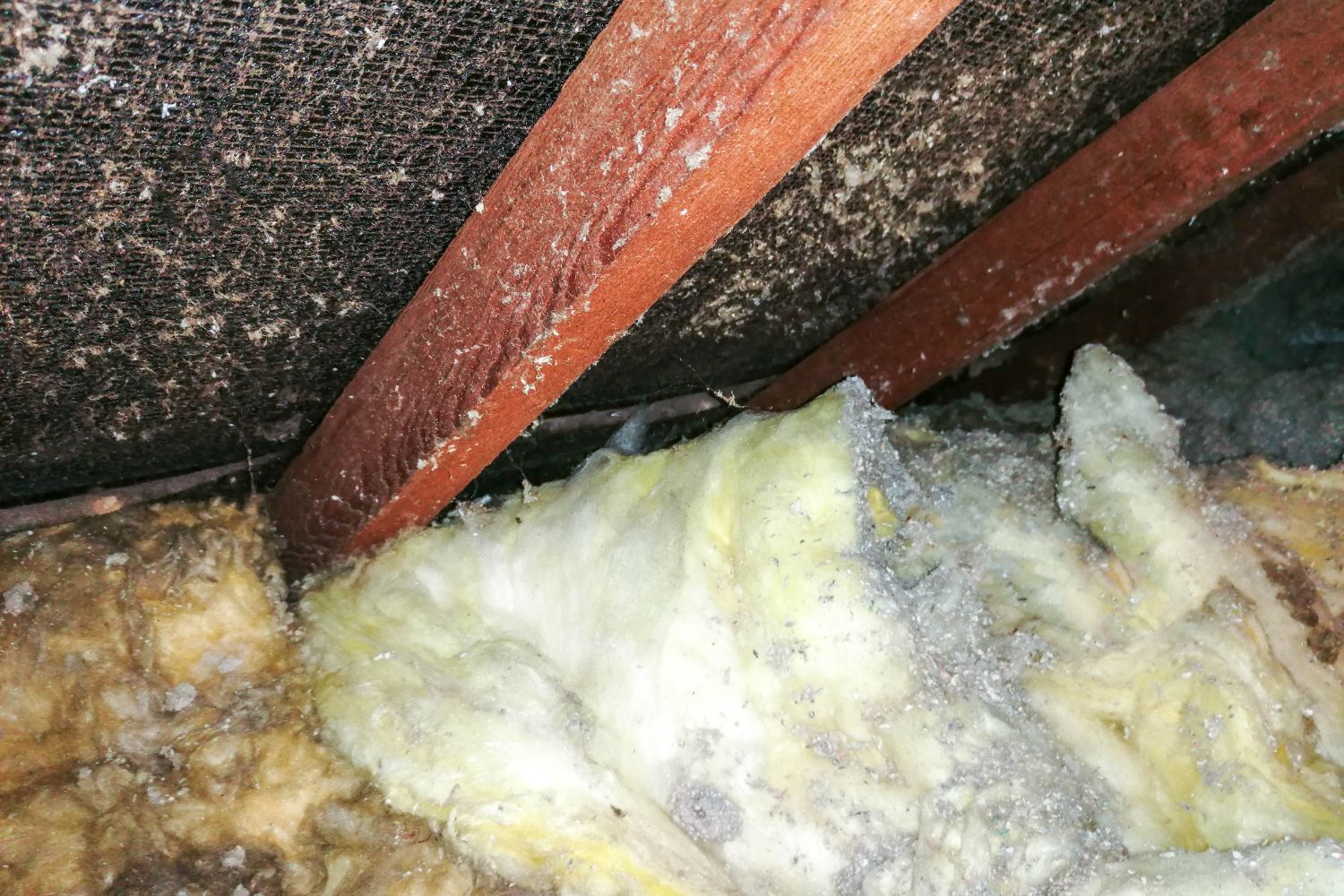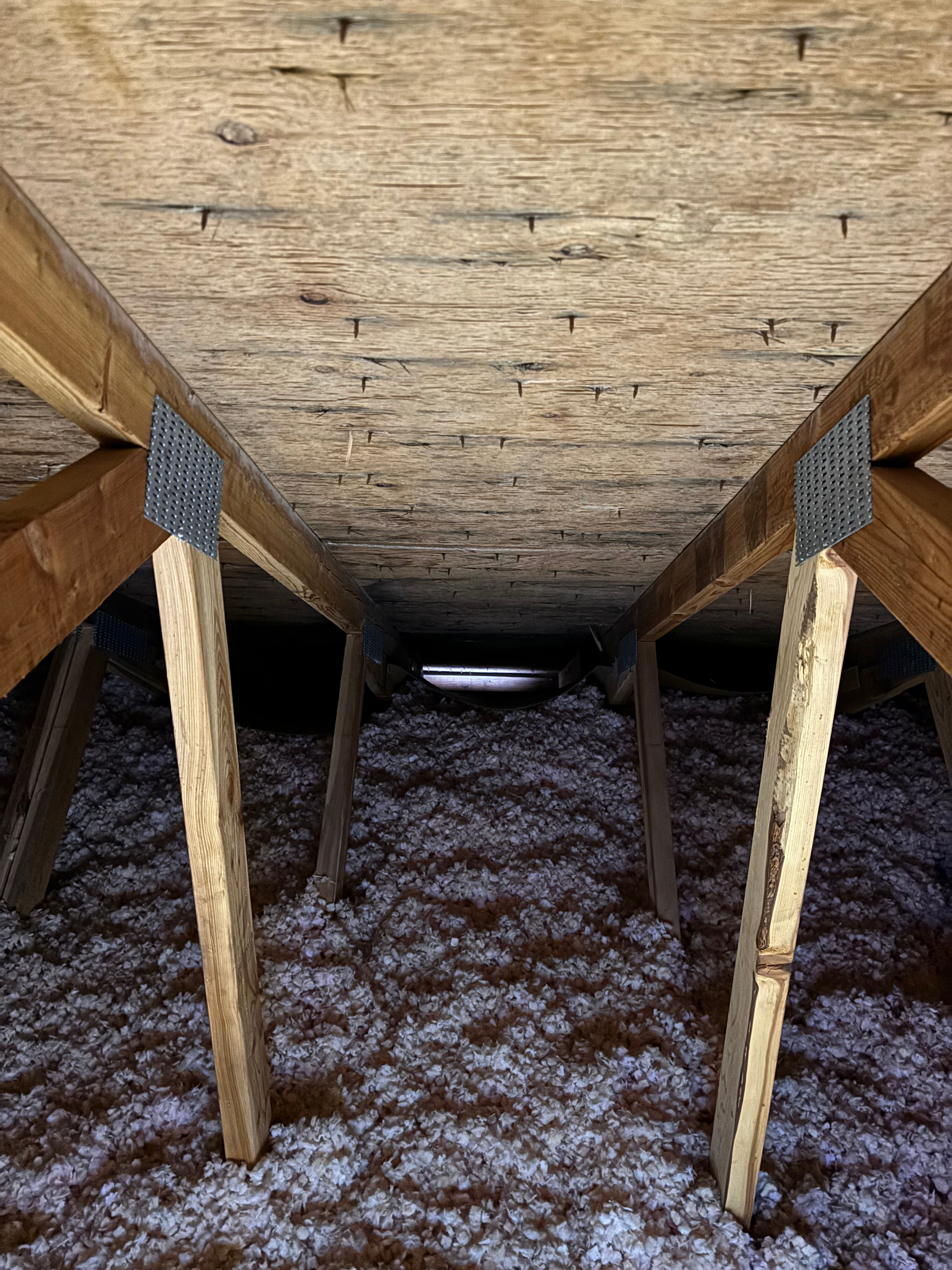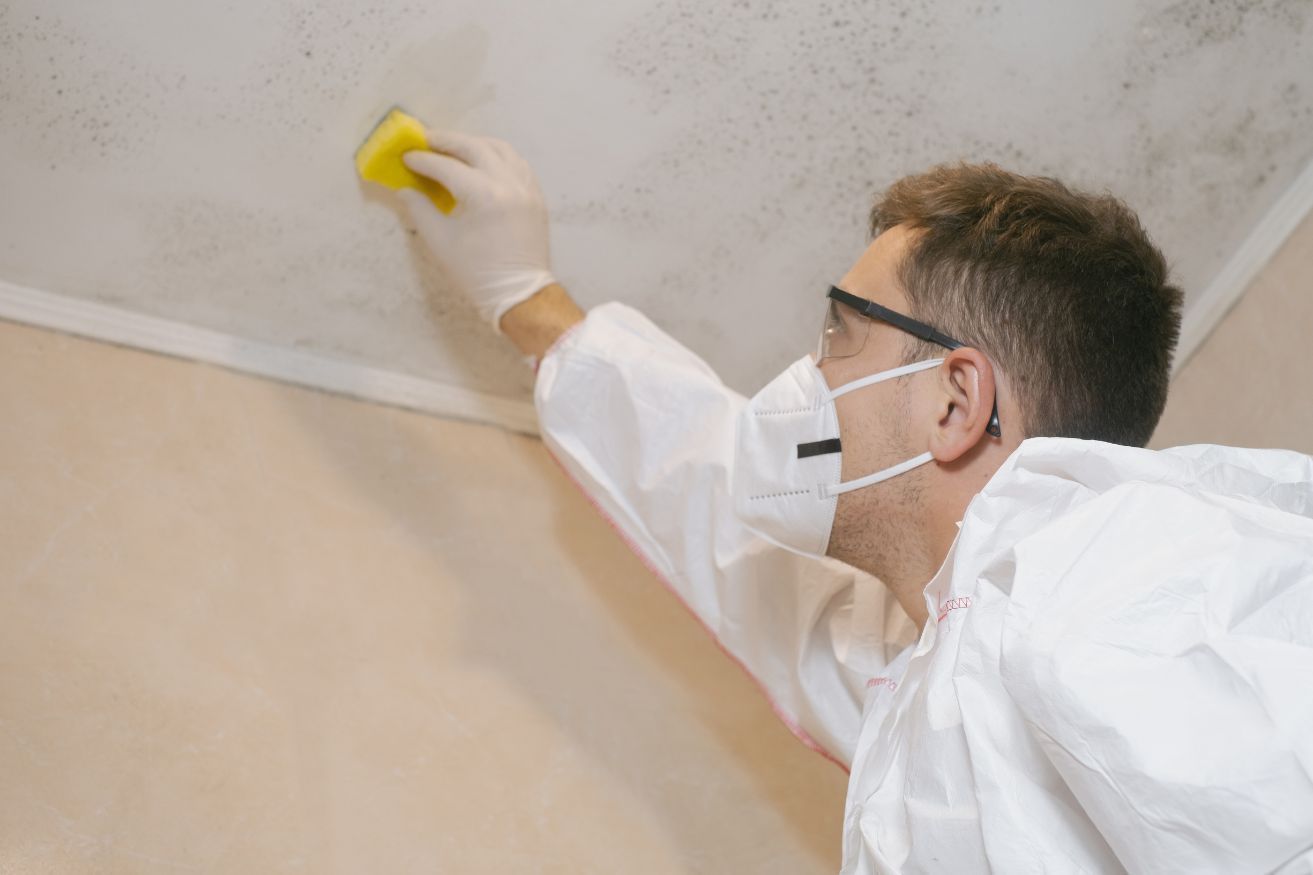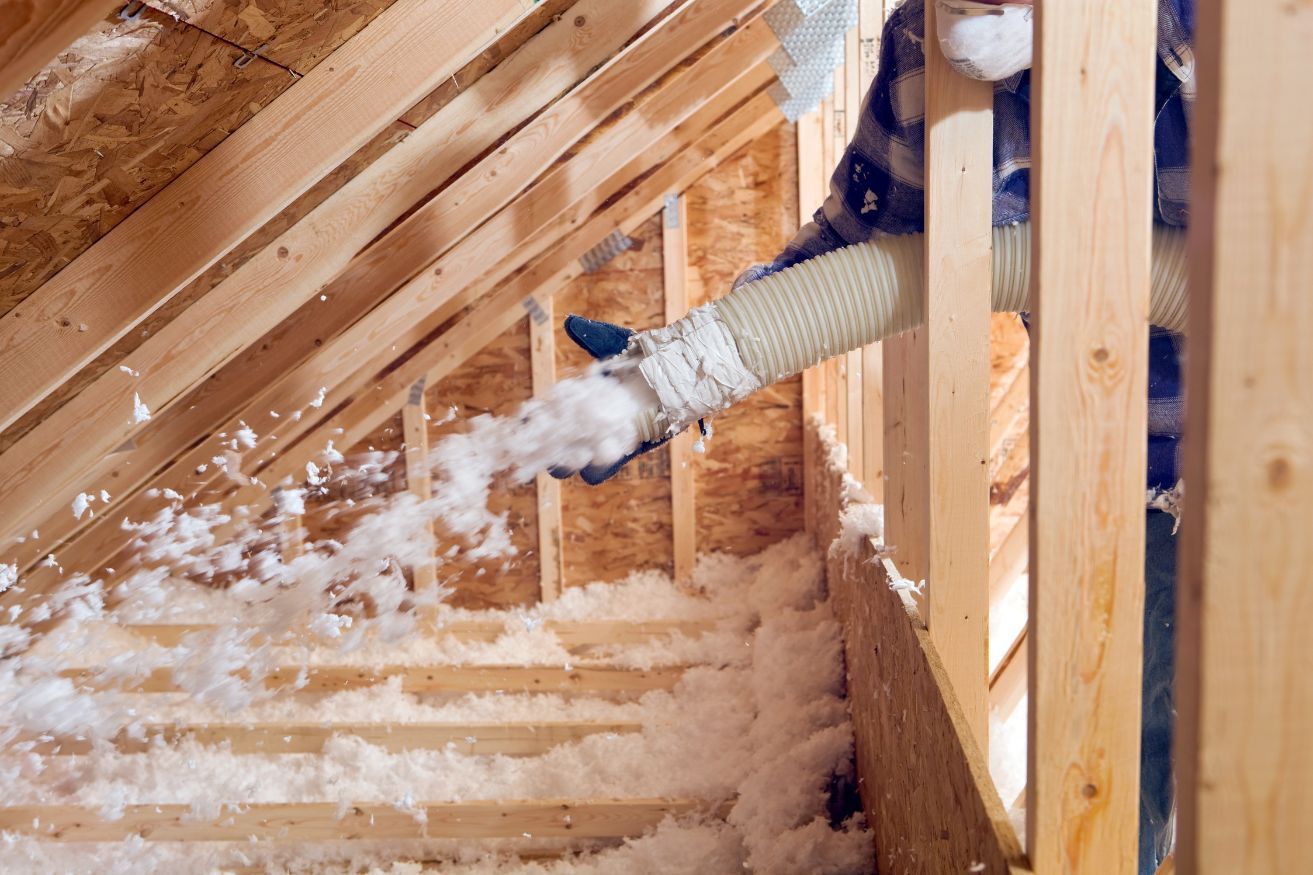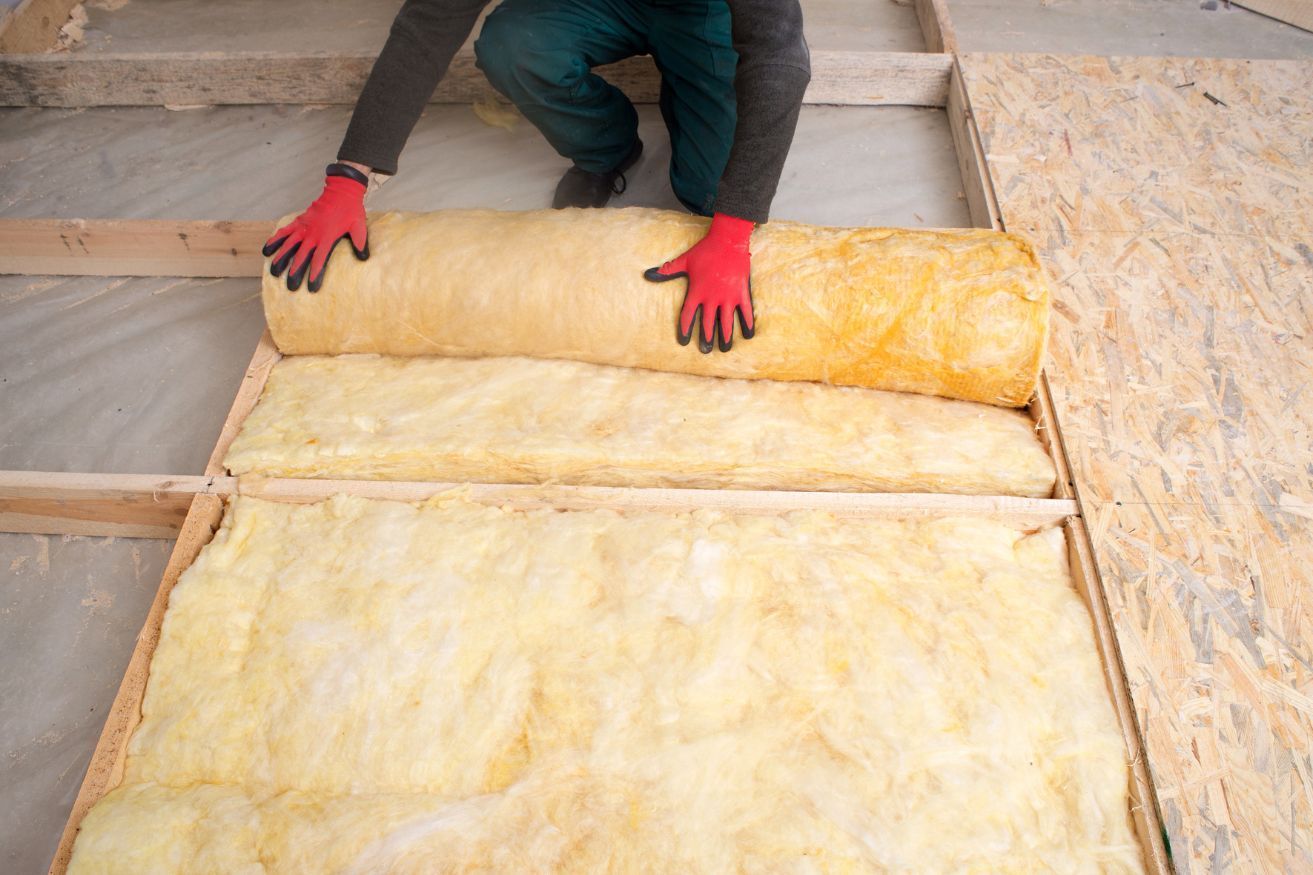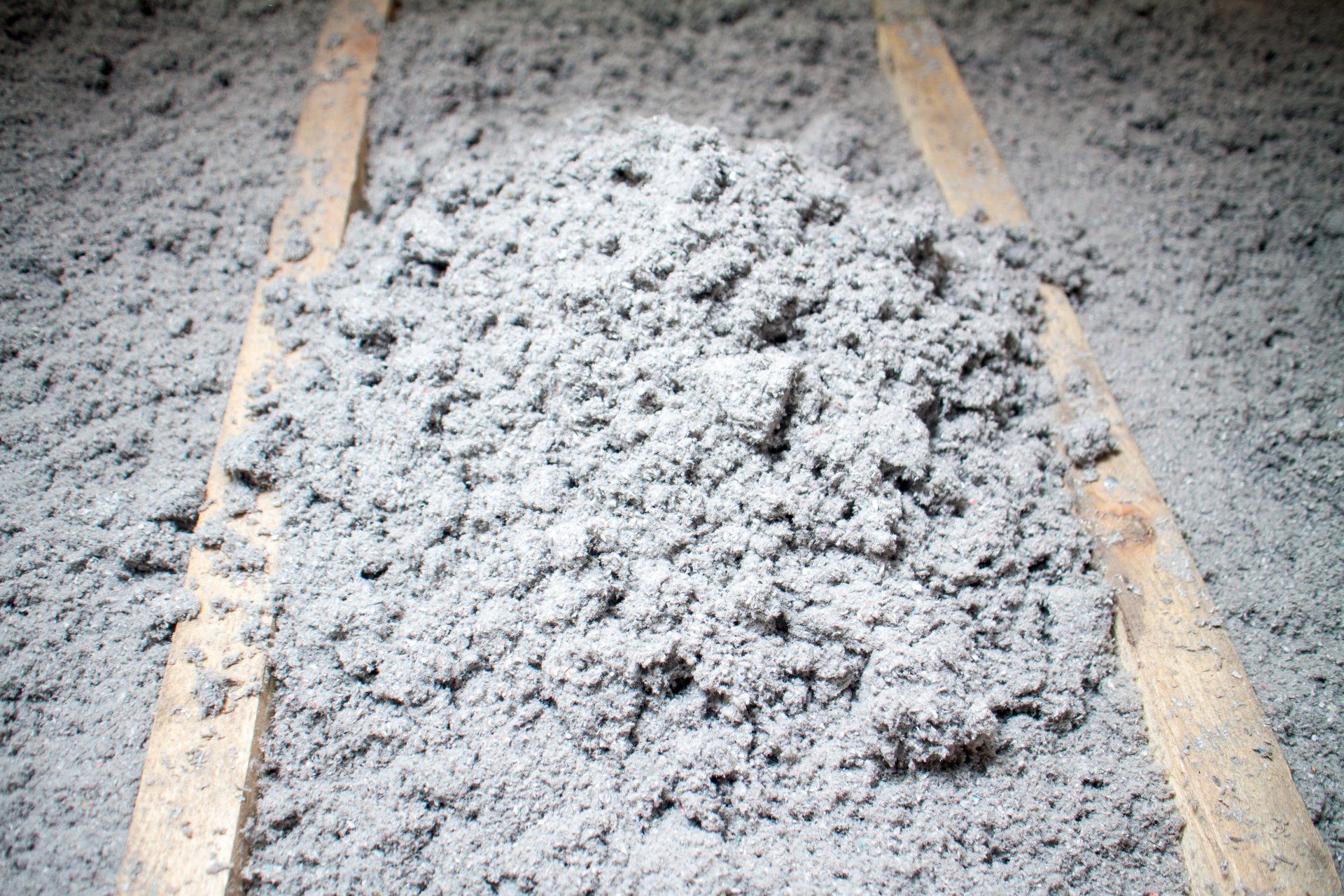Understanding Attic Insulation Costs and Savings
The Importance of Attic Insulation
When it comes to making your home more energy-efficient, attic insulation is one of the most effective solutions. Not only does proper insulation keep your home warm in the winter and cool in the summer, but it also helps reduce energy bills. However, understanding attic insulation costs and savings can be a bit daunting. This guide aims to break down everything you need to know about attic insulation costs, helping you make an informed decision for your home.
The Importance of Attic Insulation
Attic insulation plays a critical role in maintaining a comfortable indoor environment. Without adequate insulation, you might experience uneven temperatures in your home, leading to higher energy consumption as your heating and cooling systems work harder to maintain a stable temperature. Proper insulation can significantly reduce these energy costs by creating a barrier that minimizes heat flow.
Key Benefits of Insulating Your Attic
- Energy Efficiency: Insulation reduces heat loss in the winter and heat gain in the summer, leading to lower energy bills.
- Comfort: A well-insulated attic helps maintain a consistent indoor temperature throughout the year.
- Environmental Impact: By reducing energy consumption, you're also reducing your carbon footprint.
- Increased Home Value: Homes with good insulation are often more appealing to buyers.
Breaking Down Attic Insulation Costs
The cost of attic insulation depends on several factors, including the type of insulation, the size of your attic, and labor costs. Here's a closer look at these components:
Types of Attic Insulation
- Fiberglass Batt Insulation: This is one of the most common and affordable types of insulation. It comes in pre-cut panels and is easy to install. The average cost ranges from $0.30 to $1.50 per square foot.
- Blown-In Insulation: Made of either fiberglass or cellulose, blown-in insulation is ideal for filling gaps and covering irregular spaces. It typically costs between $1.00 and $2.50 per square foot.
- Spray Foam Insulation: This type provides excellent coverage and air sealing, but it's more expensive, with costs ranging from $1.50 to $3.50 per square foot.
- Reflective or Radiant Barrier Insulation: Used mainly in hot climates, this insulation reflects heat away from your home. It costs about $0.50 to $1.50 per square foot.
Factors Affecting Insulation Costs
- Attic Size: Larger attics require more materials, which increases costs.
- Existing Insulation: If you need to remove old insulation, this can add to the cost.
- Labor Costs: Hiring professionals will increase costs, but it ensures proper installation.
- Location: Insulation costs can vary depending on your geographic location.
Calculating the Total Cost of Attic Insulation
To estimate the total cost of insulating your attic, consider the price per square foot of your chosen material, the size of your attic, and any additional labor costs. For example, if you have a 1,000 square foot attic and choose fiberglass batt insulation at $1.00 per square foot, your material costs will be around $1,000. Adding labor costs could bring the total to $1,500 to $2,000.
Potential Savings from Attic Insulation
While there's an upfront cost to insulating your attic, the long-term savings can be significant. According to the U.S. Department of Energy, homeowners can save 10% to 50% on their heating and cooling bills with proper insulation.
Factors Influencing Savings
- Climate: Homes in extreme climates see greater savings from insulation.
- Energy Prices: Higher local energy costs mean more potential savings.
- Home Efficiency: Homes with poor current insulation will see the greatest benefits.
Getting an Insulation Quote
When considering attic insulation, it's a good idea to get multiple quotes from reputable contractors. A detailed quote should include:
- Type and Amount of Insulation: Make sure the contractor specifies the type of insulation and the R-value (a measure of thermal resistance) they plan to use.
- Installation Costs: This includes labor and any additional fees for removing old insulation or preparing the attic.
- Timeline: Understand how long the installation will take.
DIY vs. Professional Installation
While some homeowners opt to install insulation themselves to save money, hiring a professional can ensure the job is done correctly. Professionals have the expertise and equipment needed to install insulation safely and effectively, minimizing the risk of gaps and improper coverage that can reduce efficiency.
Pros and Cons of DIY
- Pros: Lower costs, control over the project.
- Cons: Potential for mistakes, safety risks, and time-consuming.
Pros and Cons of Professional Installation
- Pros: Expertise, efficiency, and peace of mind.
- Cons: Higher initial cost.
The Bottom Line: Is Attic Insulation Worth the Cost?
For most homeowners, the cost of attic insulation is a worthwhile investment. The energy savings, increased comfort, and environmental benefits outweigh the initial expense. Additionally, with energy prices on the rise, proper insulation can provide even greater savings over time.
By understanding the costs and benefits of attic insulation, you can make an informed decision that enhances the value and efficiency of your home. Whether you choose to go the DIY route or hire a professional, proper attic insulation is a step towards a more comfortable and cost-effective home.
